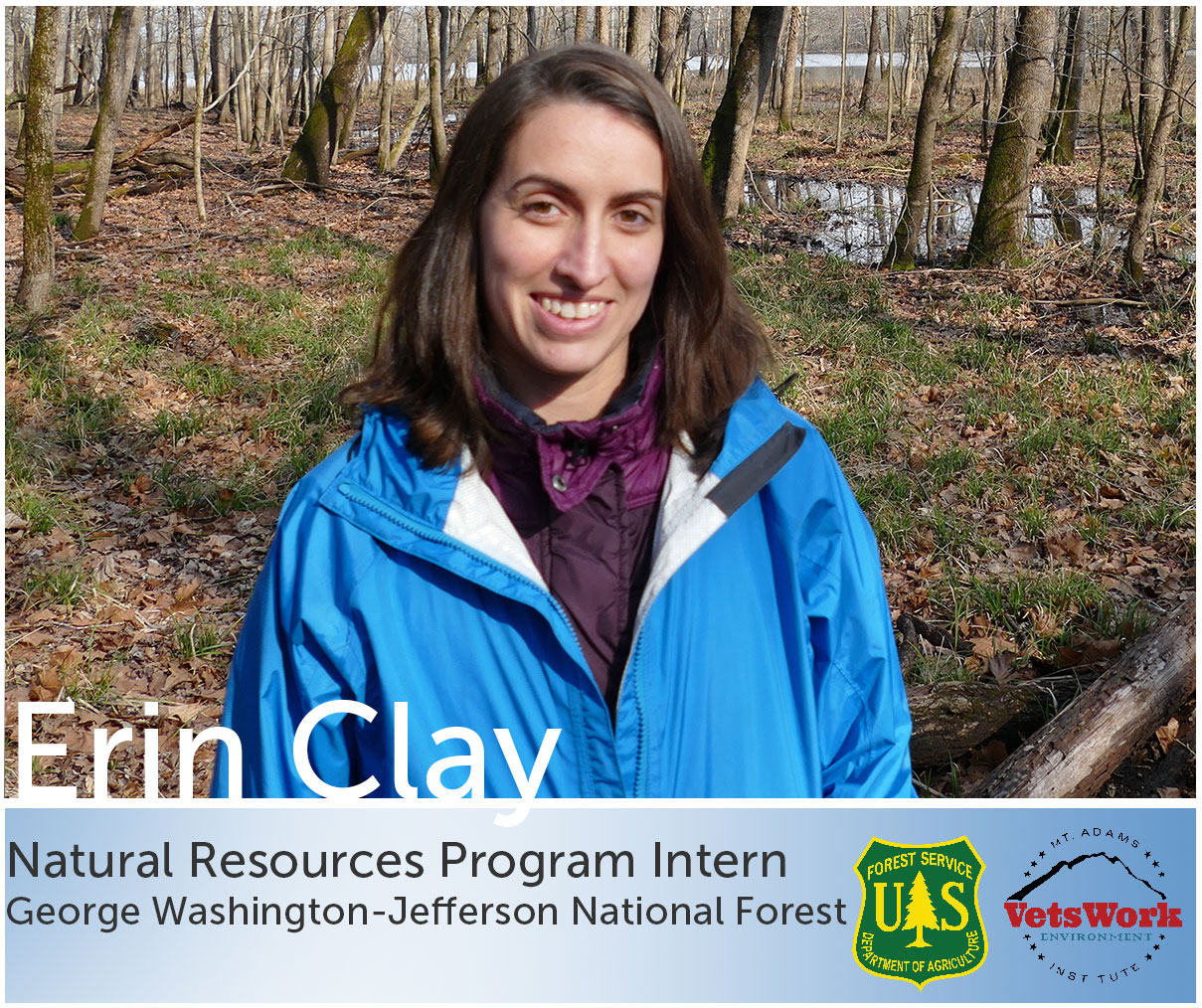
In our journey as public land caretakers, it’s easy to get attached to specific areas, as so much of our national forests are beautiful and unique. However, one area in particular that I think deserves more attention than it gets is the Eastern National Children’s Forest, about 18 miles south of Covington, VA on Potts Mountain. In a time where there have been several high profile arson fires during an already busy fire season, including the Chimney Tops 2 fire near Gatlinburg that killed 14 people and destroyed 2400 properties last year, we could all benefit from looking back for a historical blueprint on bringing healing and community action into the wake of these events.
In 1971 there was an arson fire on Potts Mountain that destroyed about a thousand acres of National Forest on the James River Ranger District of the George Washington and Jefferson National Forests. Under what was called the Cooperative Outdoor Environmental Program a plan was hatched to replant the lost trees, and to give the community back its sense of stewardship and pride in its local public land.
Hunt-Wesson, which has been owned by ConAgra Foods since 1990, ran a national promotion that encouraged consumers to mail in labels from their food products. In return, each person sending in a label received a gift certificate for the purchase of a living tree. At Children’s Forest there is a capsule with each child’s name that “purchased” a tree. For each certificate, a child was invited to plant their tree at a Children’s Forest. There were 3 different forests planted nationwide and more than a million certificates for live trees were received. The other two Children’s Forests are in the San Bernardino National Forest and the Mark Twain National Forest. All three Children’s Forests are reforestation efforts following arson fires in those forests.
In eastern National Children’s Forest more than 1,000 children from Virginia, West Virginia, Maryland, and Pennsylvania planted trees on 177 acres. They were assisted with the planting by students from Dabney Lancaster Community College, Virginia Polytechnic and State University. The Forest Service committed to making the Children’s Forest accessible by installing trails and roads with no more than a 5% grade and no barriers, so that anyone visiting the Children’s Forest could enjoy it.
Today the Children’s Forest has a large granite monument dedicated to the children that planted trees there and the organizations that partnered and followed through to make it happen. There is also a circular stone marker where the capsule is buried with the children’s names on it. In front of the monument is a concrete pad and benches arranged in a circle, so a presentation or a lesson can be given comfortably. The area boasts an easy, flat 0.3 mile loop around the monument and underneath the tree canopy. There is also a lovely 2.6-mile long loop, which meanders down a hillside and along a creek, offering a changing landscape before coming up and reconnecting with the short loop.
Through the years, Children’s Forest has been the site of numerous environmental education events, school field trips, and countless family picnics and nature walks. In the last 5 years or so, though, there hasn’t been much activity.
To be honest, there’s usually also a lot of trash at Children’s Forest. Because of its ease of access and close proximity to town, it has become a party spot. A couple years ago maintainers found a meth lab off the back of the long loop. With budget and staffing cuts, no one at the Forest Service has the time to maintain it like it needs to be, and volunteer groups have waxed and waned over the years. In a working class community, resources are tight and without outside assistance, this community doesn’t have the time or resources to attend to Children’s Forest. As it turns out, it takes a very small amount of time to destroy something and a whole lot of commitment and time to treasure and tend it. In my time here at the James River Ranger District, the Youth Conservation Corps and I have been out there a lot picking up trash, cutting trails back in, clearing brush, and trying to clean up signs of vandalism. Since I’m leaving here in January, it weighs on my mind that this special place needs a lot more commitment and care than it’s getting.
I’m learning that this assignment isn’t so much a marathon as a relay. You’re here for a little while and you do what you can, and then you pass the baton on to someone else to do their little bit. Hopefully the person that comes here after me will feel the same passion for the redemptive message of community engagement and history that I do, and help to keep it clean and accessible for today’s children and the community of Covington, VA.

